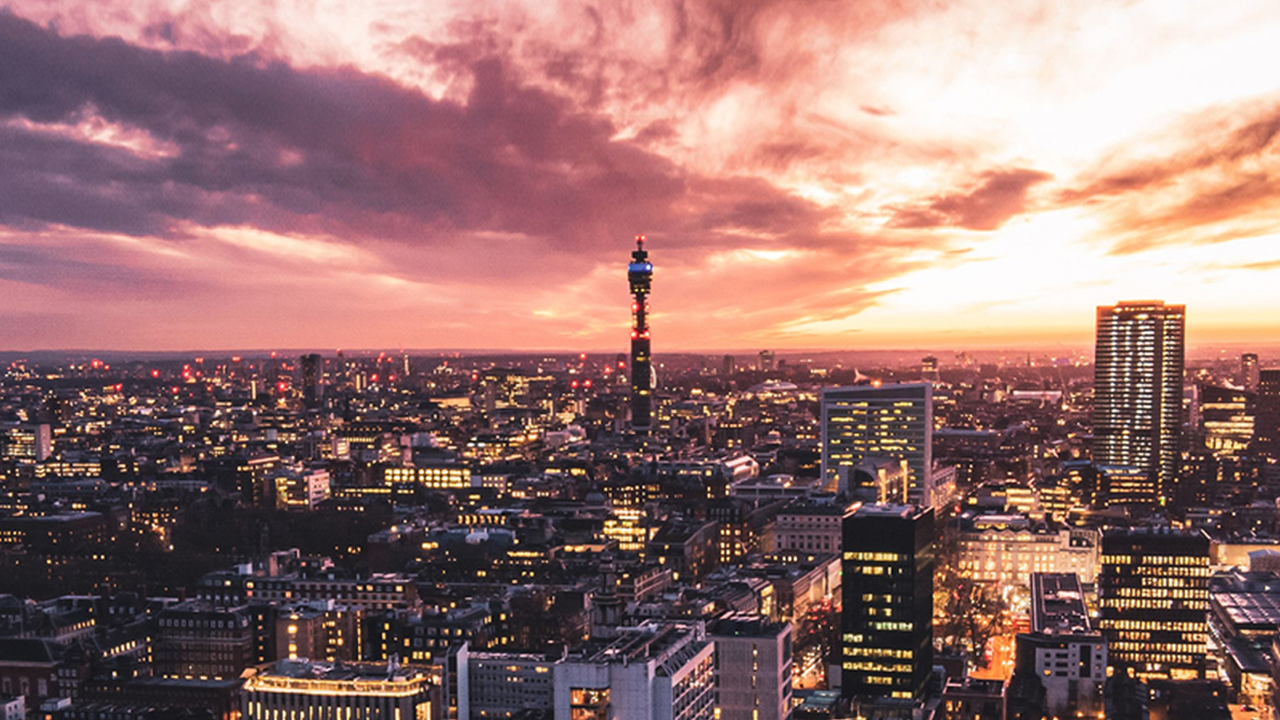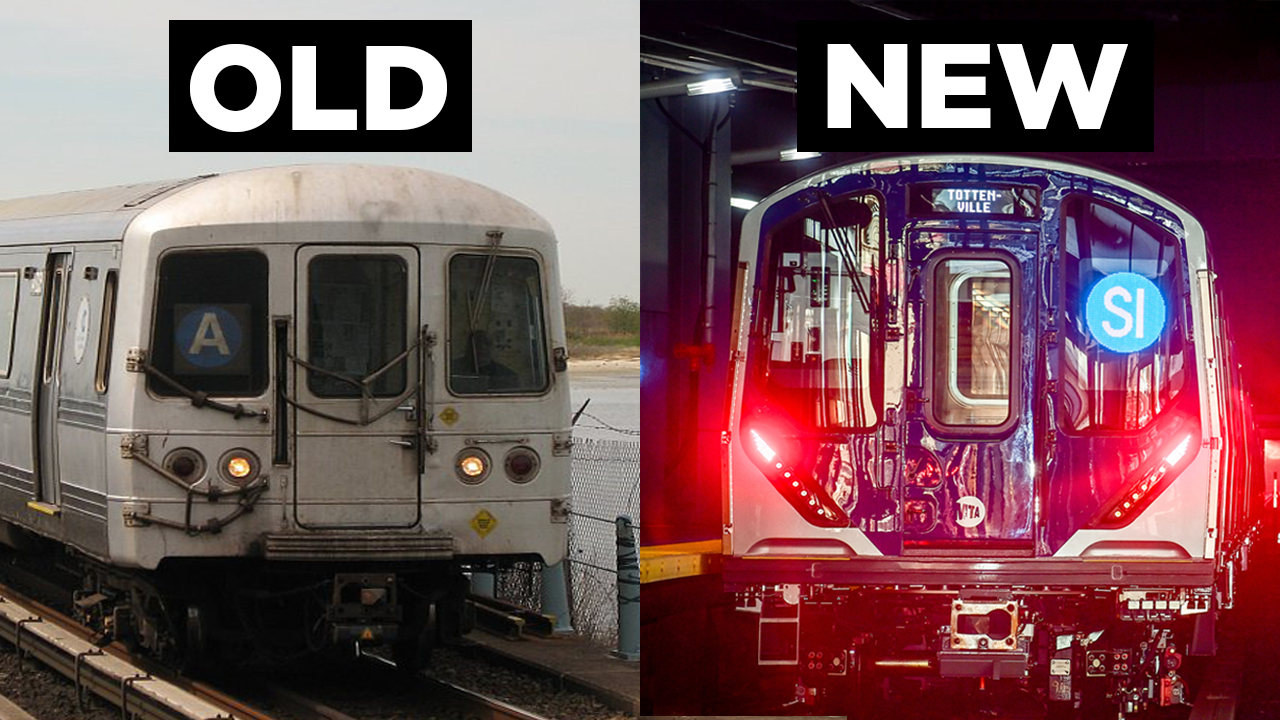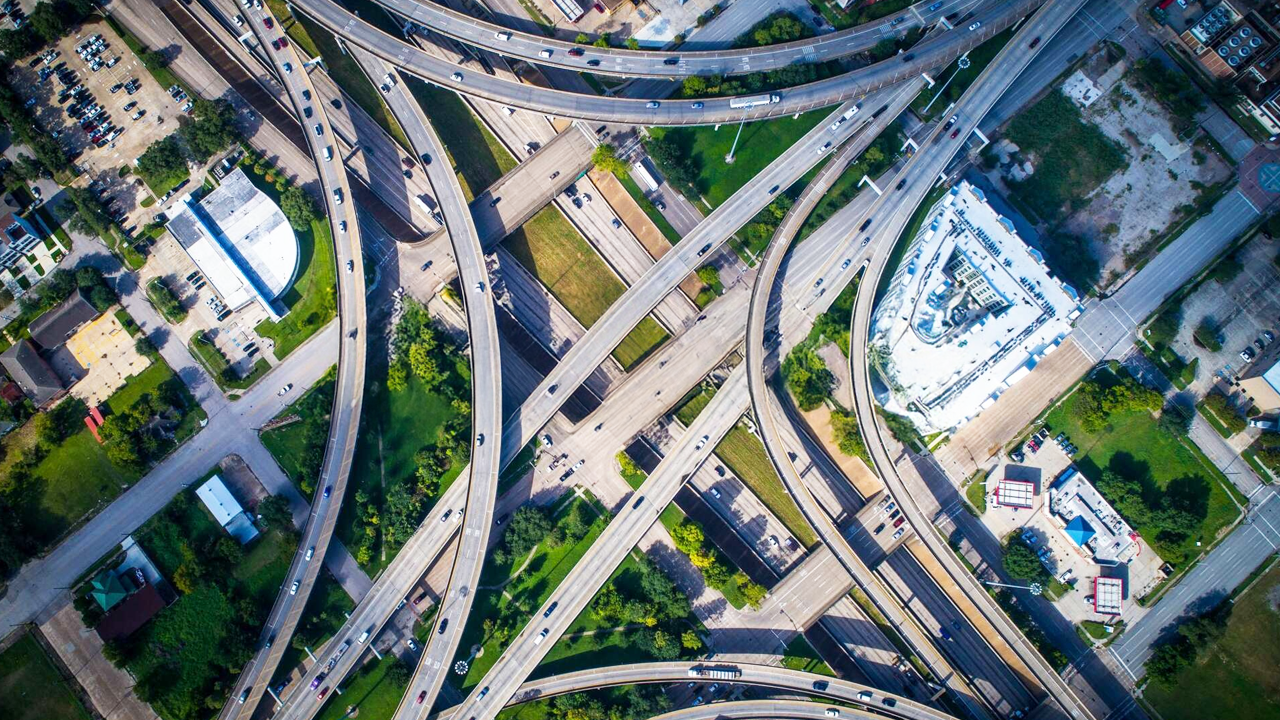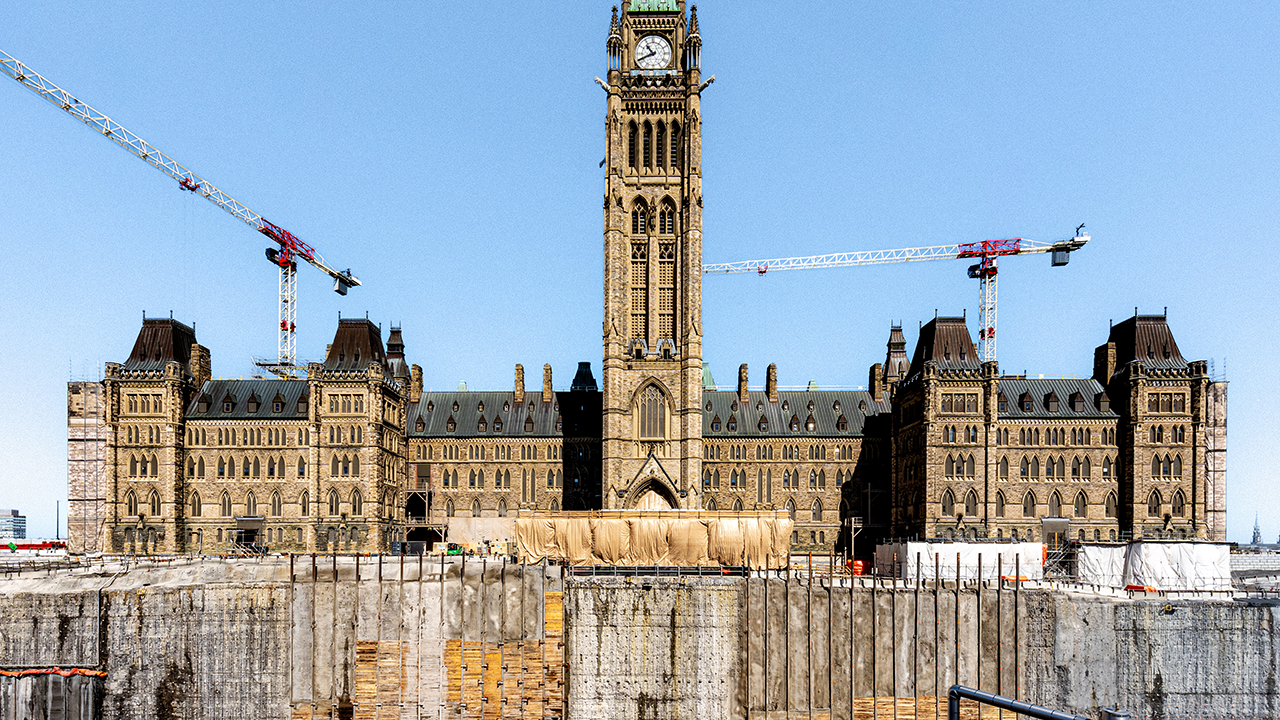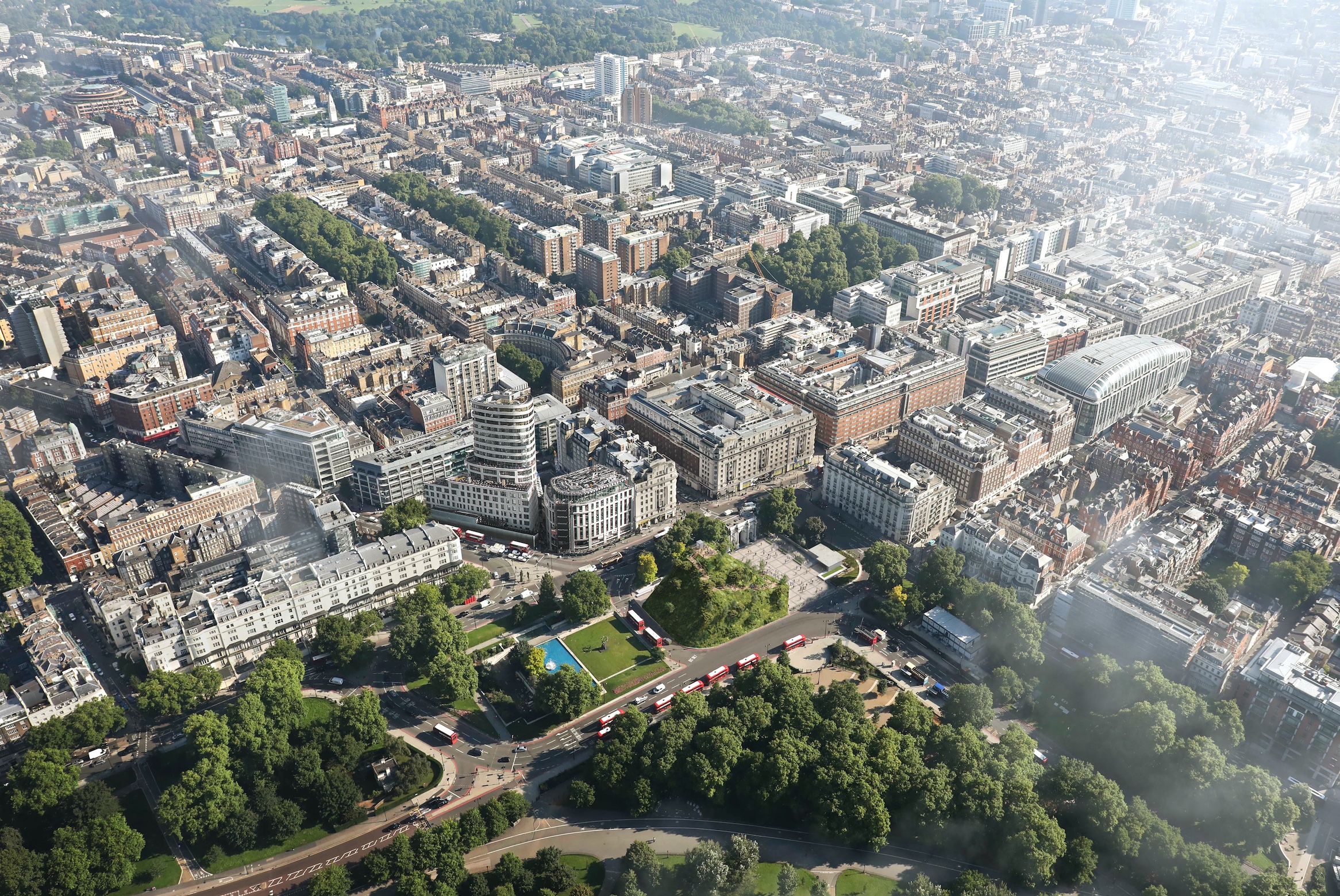
This man-made hill is set to be constructed at London's Marble Arch
PLANS have been unveiled for a temporary installation at London’s Marble Arch in a bid to reignite interest in the struggling retail spaces on Oxford Street.
Normally the busiest street in Europe, Oxford Street has been hit hard by the restrictions and lockdowns imposed to tackle the COVID-19 pandemic.
Westminster City Council has commissioned the temporary installation to be completed as London emerges from its third lockdown.

Above: The installation intends to drive foot traffic back to Oxford Street. Image Courtesy of MVRDV.
Architecture firm MVRDV is behind the installation's design and has taken inspiration from the site’s history.
Originally standing in front of Buckingham Palace, Marble Arch was moved to mark the corner of Hyde Park in 1851. Today, as roadways around its current site have evolved, the landmark finds itself in the middle of a traffic island.
MVRDV’s design appears as an elevated park, creating a spectacular 25-metre viewpoint that gives visitors an overview of Oxford Street and Hyde park, and a new perspective on Marble Arch itself.
The installation will have a hollowed-out hall in its centre, which can be used for events, exhibitions and performances.

Above: "Marble Arch Hill" will reconnect the site with its past. Image Courtesy of MVRDV.
“This project is a wonderful opportunity to give an impulse to a highly recognisable location in London”, says MVRDV founding partner Winy Maas.
“By adding this landscape element, we make a comment on the urban layout of the Marble Arch, and by looking to the site’s history, we make a comment on the area’s future.
“Marble Arch Hill strengthens the connection between Oxford Street and the park via the Marble Arch. Can this temporary addition help inspire the city to undo the mistakes of the 1960s, and repair that connection?”

Above: The installation will appear as an extension of Hyde Park. Image Courtesy of MVRDV.
Sustainability is at the heart of the Marble Arch Hill.
As it is a temporary structure, the design has been developed to leave as little waste as possible when it is removed.
The scaffolding that makes up the installation can be dismantled and reused, while the wood, soil, grass, and trees on the top layer will all find new homes in nearby parks.
MVRDV is a Rotterdam-based architecture practice, work has also recently started on their redesign of a former communist moment in Albania.
